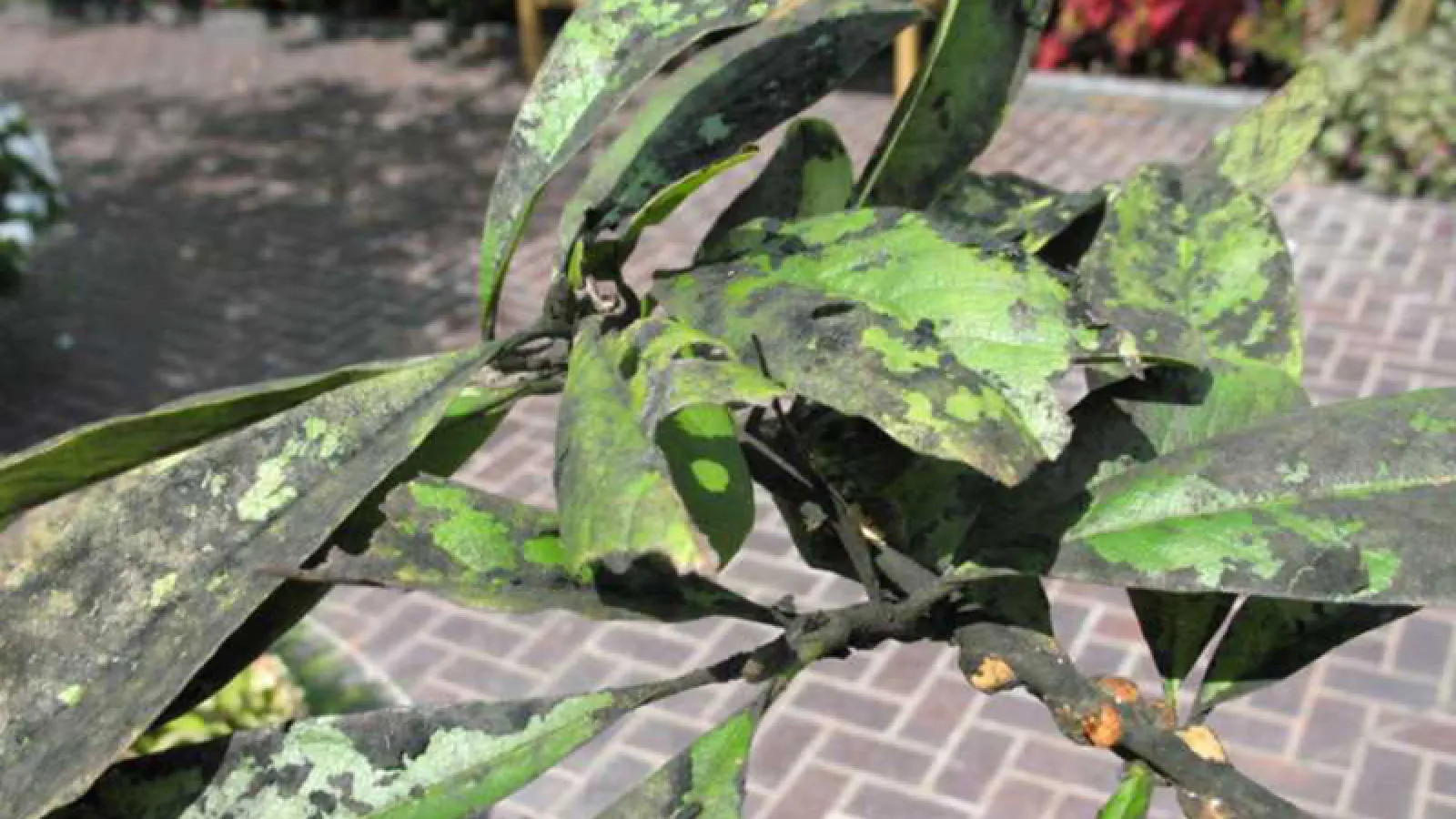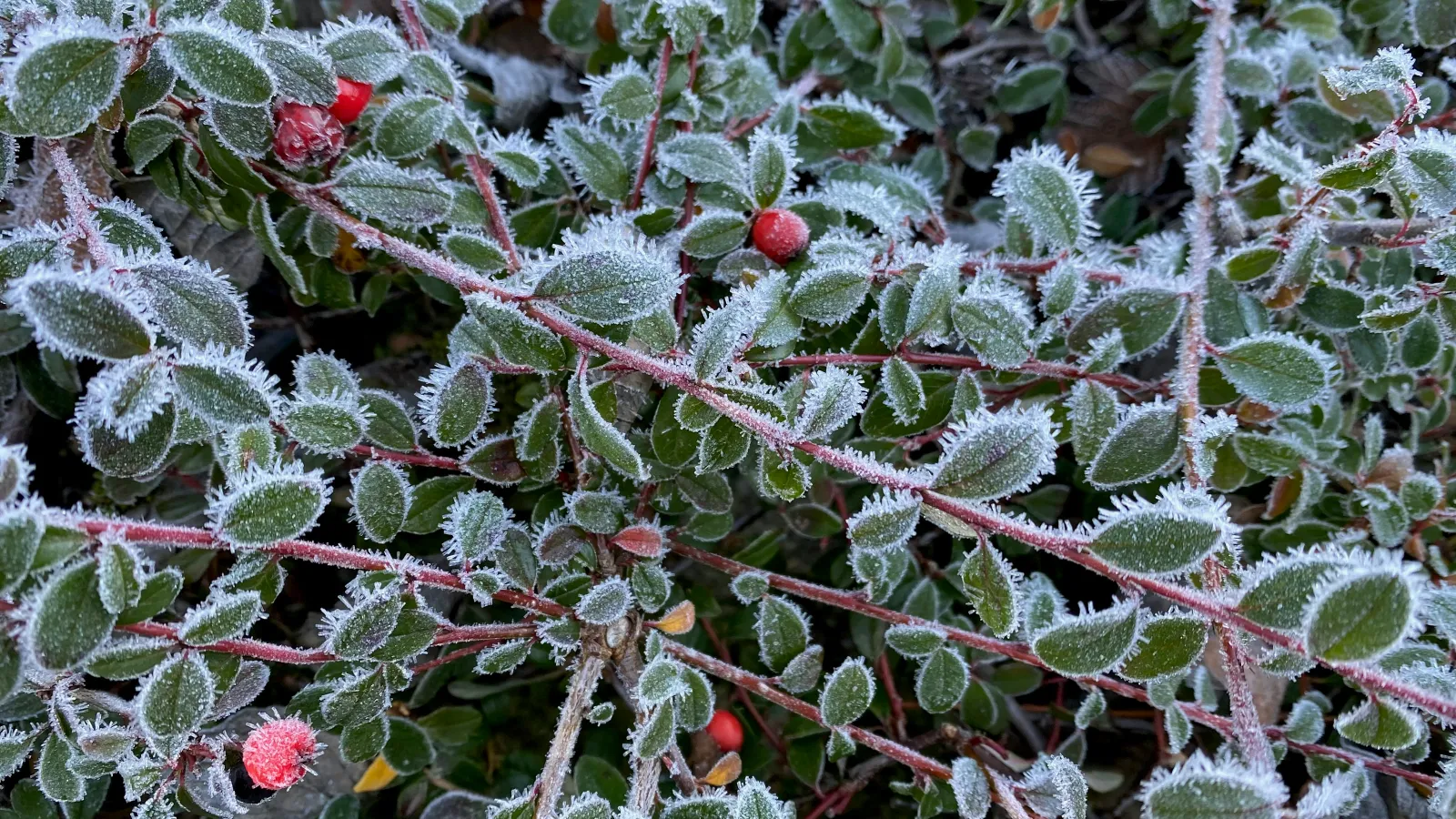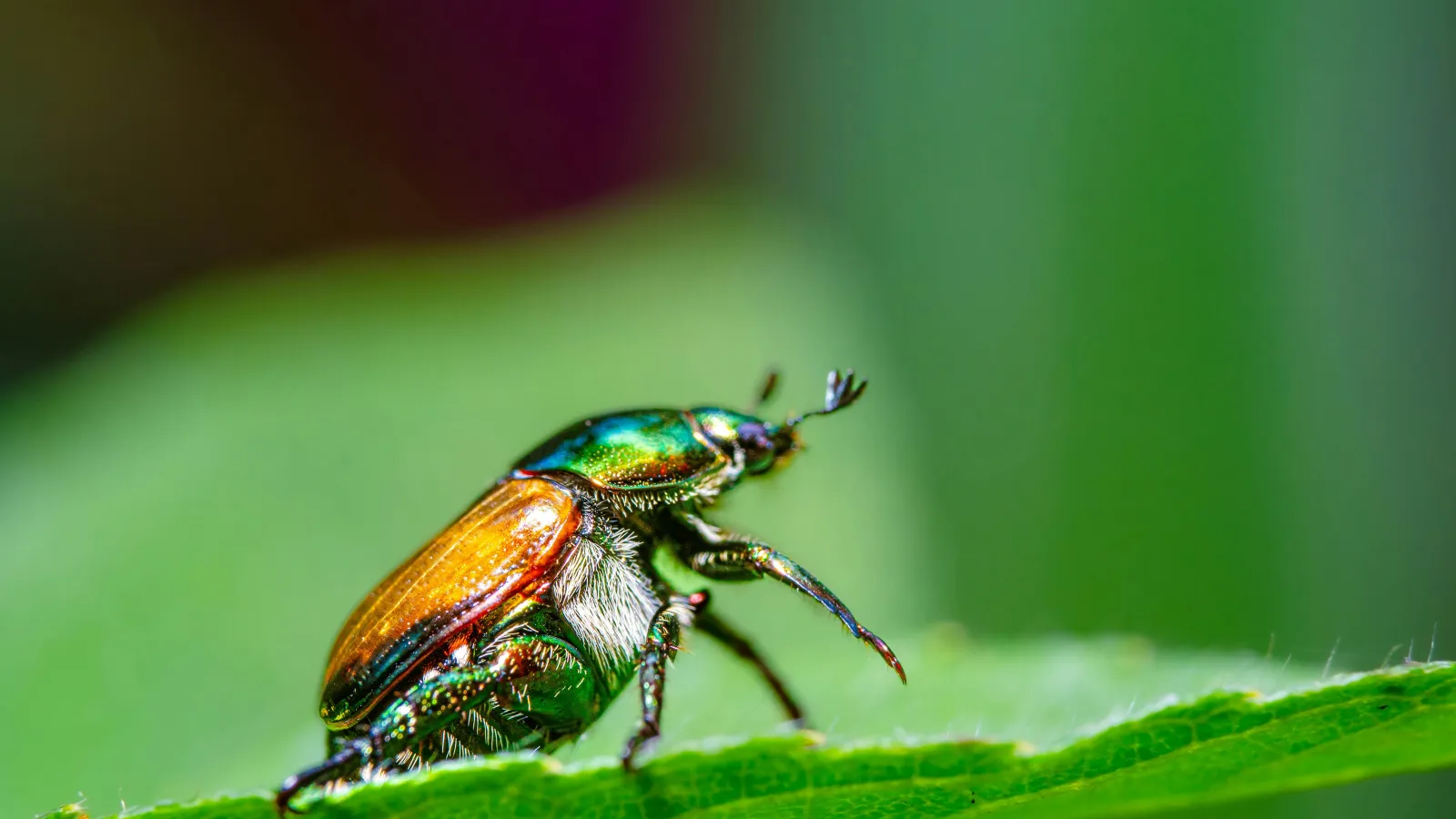
Sooty Mold & Powdery Mildew
Here in the Southeast US, our summer months are filled with high humidity and sunny days followed by cooler, damp nights. This climate provides favorable growing conditions for plant diseases, including sooty mold and powdery mildew. So, let's jump right in!
Sooty Mold
Sooty mold is the common name for several different fungi that grow on the sweet secretions left behind by sap-sucking insects. Sooty mold is usually an indication of an infestation from aphids, whiteflies, soft scale, or other insects with piercing mouthparts that feed on plant sap. But it's not the insect that directly causes the mold; the culprit is the honeydew they create.
Honeydew is a sweet, sticky liquid that plant-sucking insects excrete while they feed on sap from a plant. Because the insect can't completely digest all the nutrients, they take in what it needs and excrete the rest as waste producing a honeydew. Sooty mold can grow on this honeydew.
Damage from Sooty Mold
The damage sooty mold causes is mainly cosmetic but in severe cases, it can block the sunlight from being absorbed by the leaves. If this happens, the leaves will be unable to produce adequate amounts of chlorophyll, and this can limit their ability to photosynthesize. As a result, the leaves may wilt, die, and eventually fall off the plants. In some cases, the entire plant will die.
Favorite Climate
In the hot, summer months in the south, the fungus produces spores. When conditions are wet, the spores germinate and sooty mold will grow. But sooty mold is more prevalent in hot, dry weather. This is the time when aphids and other insects are most active and their honeydew production is high. More insects means more honeydew which means more sooty mold. And because the fungus is sticky, it adheres well to many surfaces. Additionally, under dry conditions, less rain is available to remove or dilute the honeydew on the plants.
Control
Sooty mold, although unsightly, doesn't harm the plant. It's more a sign of insect activity of sucking insects. By preventing these pesky insects, no honeydew is produced, and sooty mold cannot develop.
The mold itself is difficult to remove but spraying leaves with insecticidal soap can soften the sooty coating. If you're a DIYer, you will have to continue this process over and over until the plant is clear of mold and insects. But remember, preventative tree & shrub care is best for controlling pest populations and common diseases like sooty mold.
Powdery Mildew
Powdery mildew, just like sooty mold, is a fungal growth on the surfaces of leaves, stems and flowers. It gets its name because of the gray or white powder appearance due to the large number of microscopic spores.
Identification
Plants can take on a variety of characteristics in the presence of powdery mildew:
- Plant looks like it's been dusted with flour
- Circular, powdery white spots on leaves and stems
- Young foliage may yellow and dry out
- Leaves may twist, break, become disfigured
How It Spreads
Unlike many fungi, these wind-borne spores do not require water for germination and can be found on plants such as roses, crepe myrtles, dogwoods, and begonias, to name a few. The spores can survive the winter in leaf piles and on plants, so it's important to discard and not compost any plant debris dropped from infected plants. This will help prevent spreading.
Prevention & Control
As with any disease, proactive prevention is the best means. Planting in sunnier spots and selectively pruning overcrowded areas can improve air circulation and reduce moisture. Also, watering from overhead (versus at ground level), can help to rinse off any spores that may be present.
Once a plant is heavily infected, it is challenging to get rid of powdery mildew. In addition to preventative, professional shrub care, we recommend the following removing and destroying the infected parts of the plants. Because powdery mildew can spread by the wind, do not compost any infected plant material.
Professional Care
Turf Masters has a finely tuned Tree and Shrub program that focuses on fertilization, insect and disease control for your trees and shrubs. Reach out to The Nice Guys for assistance.

